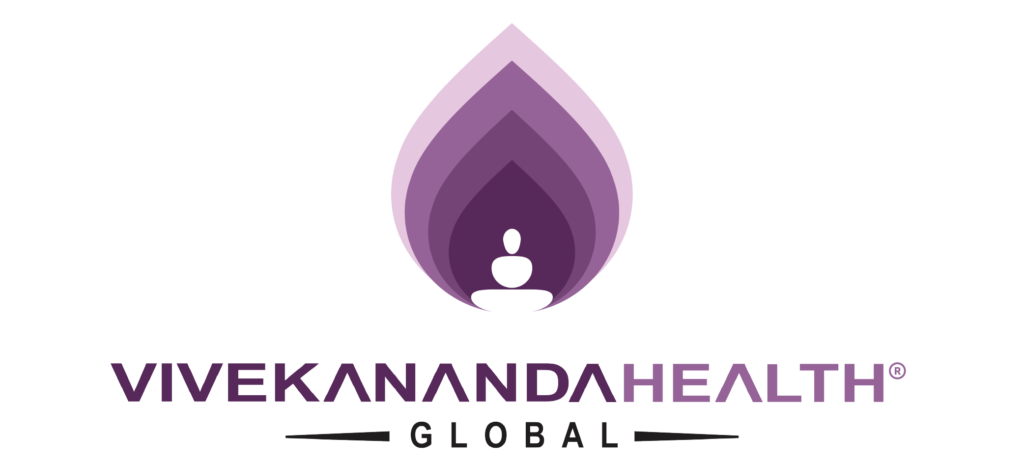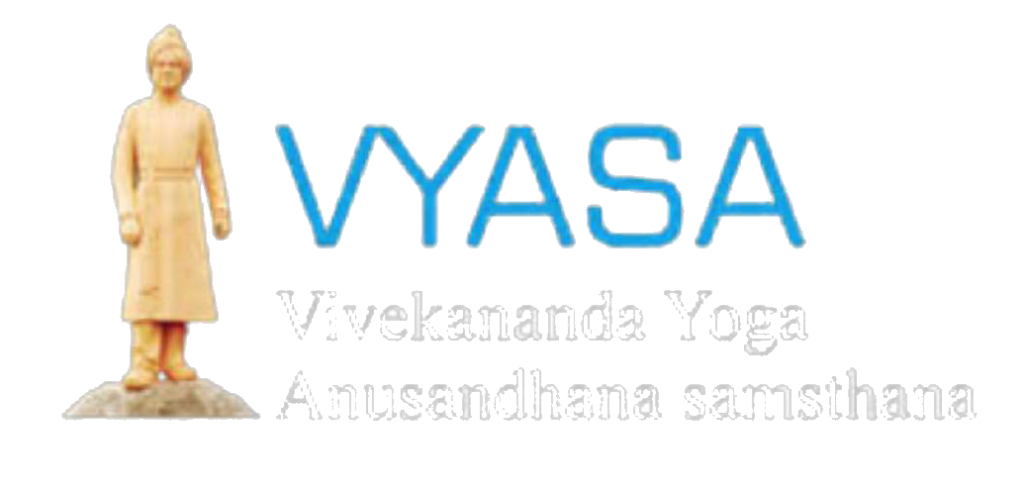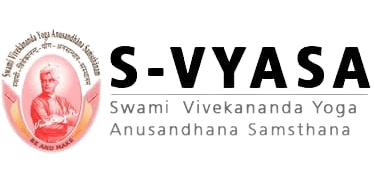Health of the Cervical spine
Cervical spine refers to the spinal vertebrae of neck. It has 7 vertebrae labeled as C1 to C7. The spine of the neck is strong and flexible to move in all possible directions such as flexion, extension, lateral flexion and rotation. The top of the cervical bone connects to the skull and the C7 vertebra connects to the first Thoracic vertebrae.
The cervical spine supports the head and protects the spinal cord. Spinal cord is a bundle of nerves which run through spinal canal from lower portion of brain to till lumbar spine. It carries signals(information) between brain and rest of the body. Cervical spine work along with muscle, tendons, ligaments and joints to provide a combination of support, structure, flexibility to the neck.
There are 3 types of cervical vertebrae, atypical, typical and unique cervical vertebrae. C1(atlas) & C2(axis) vertebrae considered has atypical cervical vertebrae because they have distinguishing features. C3, C4, C5 & C6 are typical vertebrae and having vertebral body, vertebral arch and facet joints. C7 is a unique vertebrae having most prominent spinous process.
Most common problems with cervical vertebrae are as follows:
Cervical spondylitis: Cervical spondylitis is very common condition seen in most of the IT professionals. It is an inflammation of the cervical vertebrae which causes nerve impingement and leads to stiffness, pain in the neck and may radiates to arms. High risk factors are continuous work in front of the system for long duration without physical activity and the bad posture.
Cervical spondylosis: It is a degenerative condition also called as osteoarthritis of neck. Age related changes of cervical spine leads to pain, stiffness and restricted movement.
Cervical herniated disk: Spinal disc is a soft jelly like structure that sits between the vertebral bone. When this gets protruded through abnormal opening it causes a herniated disc and leads to pain.
Cervical spinal stenosis: It is a condition where spinal canal is narrowed and causes compression to the cervical nerves and pain at neck and radiating pain to the arms
Cervical myelopathy: Compression of spinal cord at cervical vertebrae leads to numbness and pain.
Preventive measures: Proper posture of neck while sitting and lying on bed is very much required to avoid a structural dysfunction or injuries of neck.
Yogic exercise makes spine flexible and strengthens the vertebral column and reduces the pain and stiffness of para spinal muscles.
As a preventive measure, people who are at high risk for getting neck pain can also take ayurveda based treatments with acupuncture and yoga and also use food which is rich in calcium and iron. The class of herbs or food items useful for spine are named as ‘Balya’ in Ayurveda.
Visit us or call us to help yourself if you have any cervical spine related issue.



